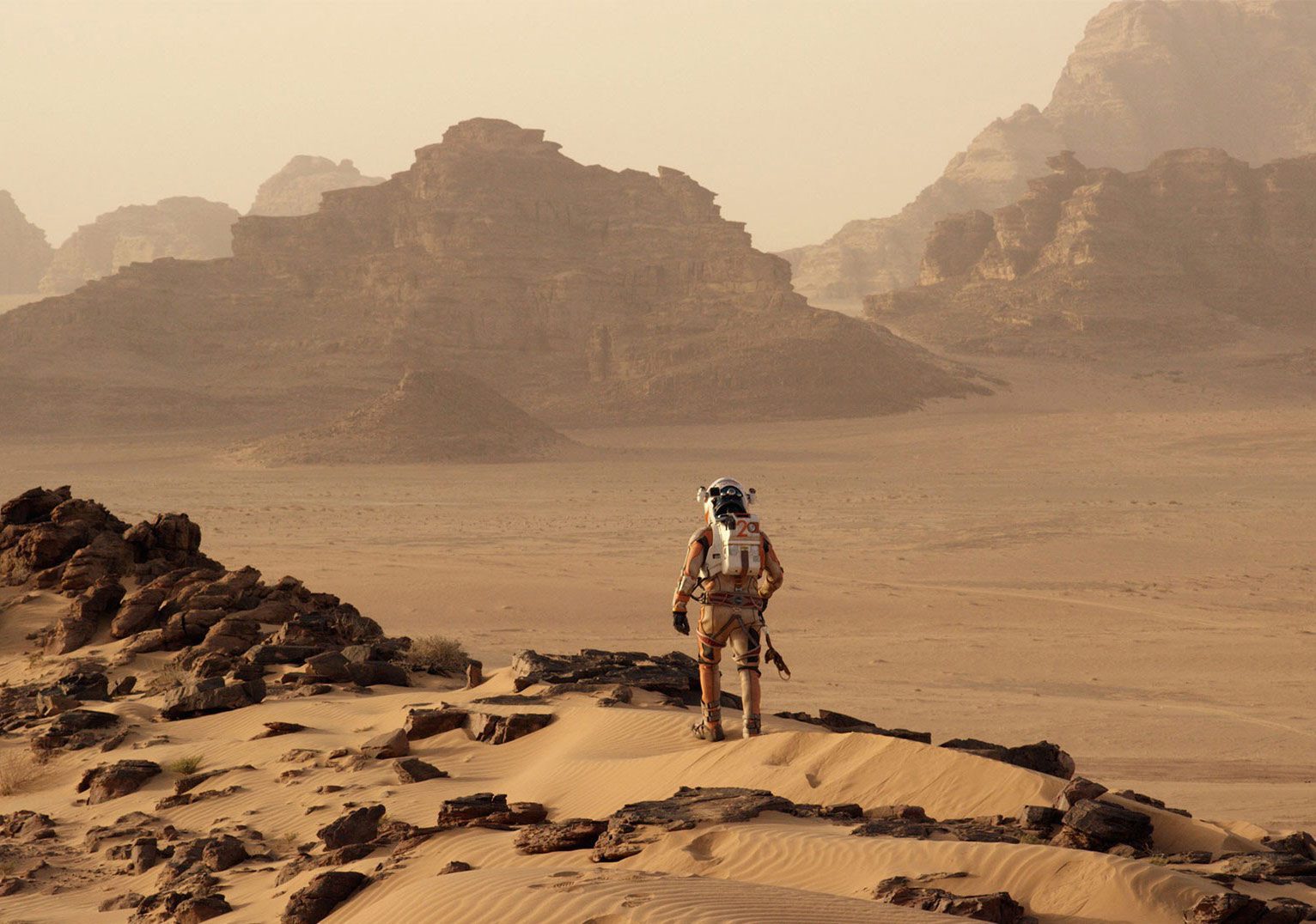Wind energy on Mars? This is the question that led the TEKNIKER Technology Center to work for the European Space Agency (ESA) the first wind turbine adapted to the environmental conditions of the red planet and contributing to the energy supply of future space exploration missions.
The prototype, developed since 2021 in the context of the HORACE projectfunded by ESA, has been validated in a wide range of test campaigns at the TEKNIKER facilities in Eibar (Gipuzkoa) and at the wind tunnel of Aarhus University (Denmark), a unique facility of the ESA. ESA to simulate environmental conditions on Mars. For example, the turbine was tested with wind gusts of between 26 and 16 m/s and an atmospheric pressure of between 8 and 16 millibars, usual conditions on the planet Mars.
As a result, a wind turbine has been obtained with a maximum electrostatic power of 15 kilowatts that increases energy generation in the Martian environment by 31% compared to the Earth’s atmosphere and operates at a speed between 50 and 432 revolutions per minute.


In addition, it has a rotating and pressurized mechanism that allows the movement of the shaft and prevents the ingress of dust through an ad hoc sealing element.
“A steady and reliable power supply is essential for space missions and habitability in an area like this Marte. This initiative seeks to take advantage of the planet’s environment to proselytize mechanical energy from wind into electrical energy and thus have a source of wind energy to supplement the solar cells normally used.”explains Borja Pozo, researcher and head of the space sector at TEKNIKER.
Wind energy for space
The Technology Center team that worked on this project is based on a relatively new and promising technology for use in space: triboelectric energy.
“Common electromagnetic generators have limitations for planetary exploration, mainly due to their heavy weight, which causes high launch costs. In this project, we explored triboelectric generators as an alternative, which have lower weight and volume and allow us to make missions more efficient and economical.”adds Borja Pozo.
This technology is based on the production of energy through friction and requires the development and testing of a combination of advanced triboelectric materials with excellent tribological (low friction and wear performance), mechanical (impact resistant) properties. conductivity) and the density of energy generation in the extreme conditions of Marte.
“We chose aluminum, Diamond Like Carbon (DLC) coating and modified Teflon for the prototype due to their higher power density and their potential use as lubricants and solid films in the environment. Marte”details of the researcher.
The research work carried out by TEKNIKER, as well as the knows how in these coatings and materials has made it possible to optimize the turbine architecture to overcome the limitations in wear resistance, lubrication capacity, durability and aging, achieving more than two million rated duty cycles with this first prototype.
In this way the ESA has essential knowledge to define the industrialization roadmap of this new energy generation system. One of the next steps, once the HORACE project (Triboelectric energy harvesting for Mars exploration), there is the optimization of the design and new test campaigns to demonstrate the correct functioning of the model for the Martian environment and conditions.

